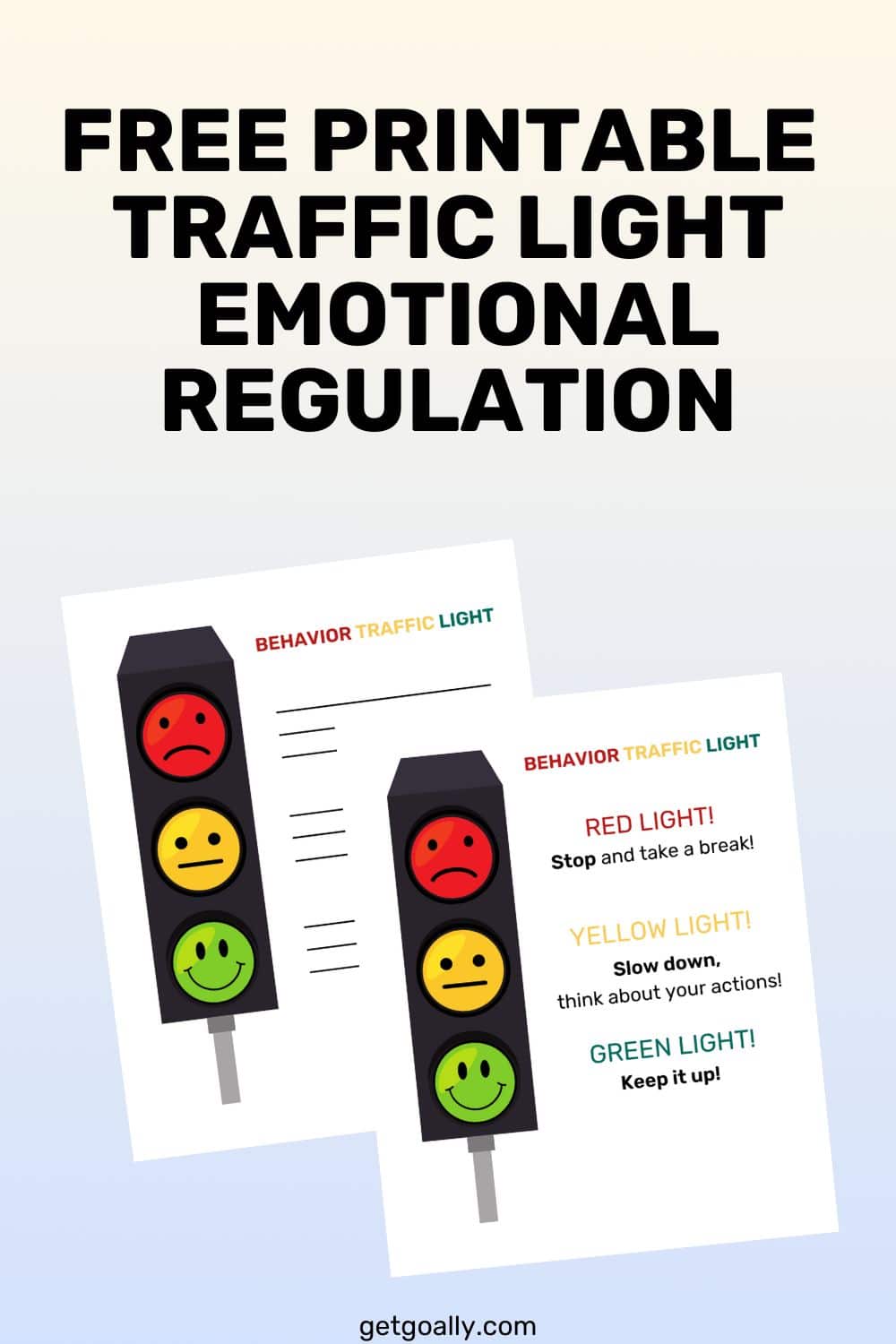Emotional awareness is pivotal in various aspects of life, contributing significantly to personal development and social interaction. It can be applied through several vital practices:
| Aspect |
Description |
| Recognizing Emotions |
Identifying emotions as they occur, in oneself and others, by noting verbal cues and nonverbal signals like body language and facial expressions. |
| Understanding Causes and Impacts |
Grasping why emotions arise and recognizing their effects on thoughts, behaviors, and relationships for deeper insight into personal and interpersonal dynamics. |
| Empathizing with Others |
Putting oneself in another’s shoes to genuinely feel what they are experiencing, fostering connection, support, and stronger interpersonal bonds. |
| Regulating Emotional Reactions |
Managing and responding to one’s emotions appropriately and constructively, including strategies to calm, redirect negative emotions, and express feelings healthily. |
When children develop emotional awareness, the benefits are profound. They can communicate more effectively, forge stronger relationships, and navigate social situations with greater ease.















